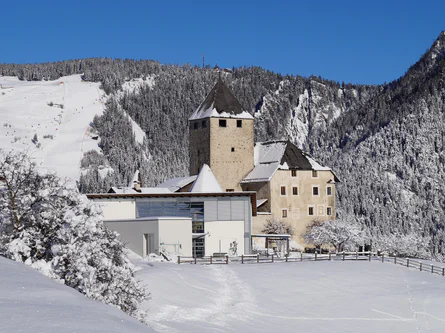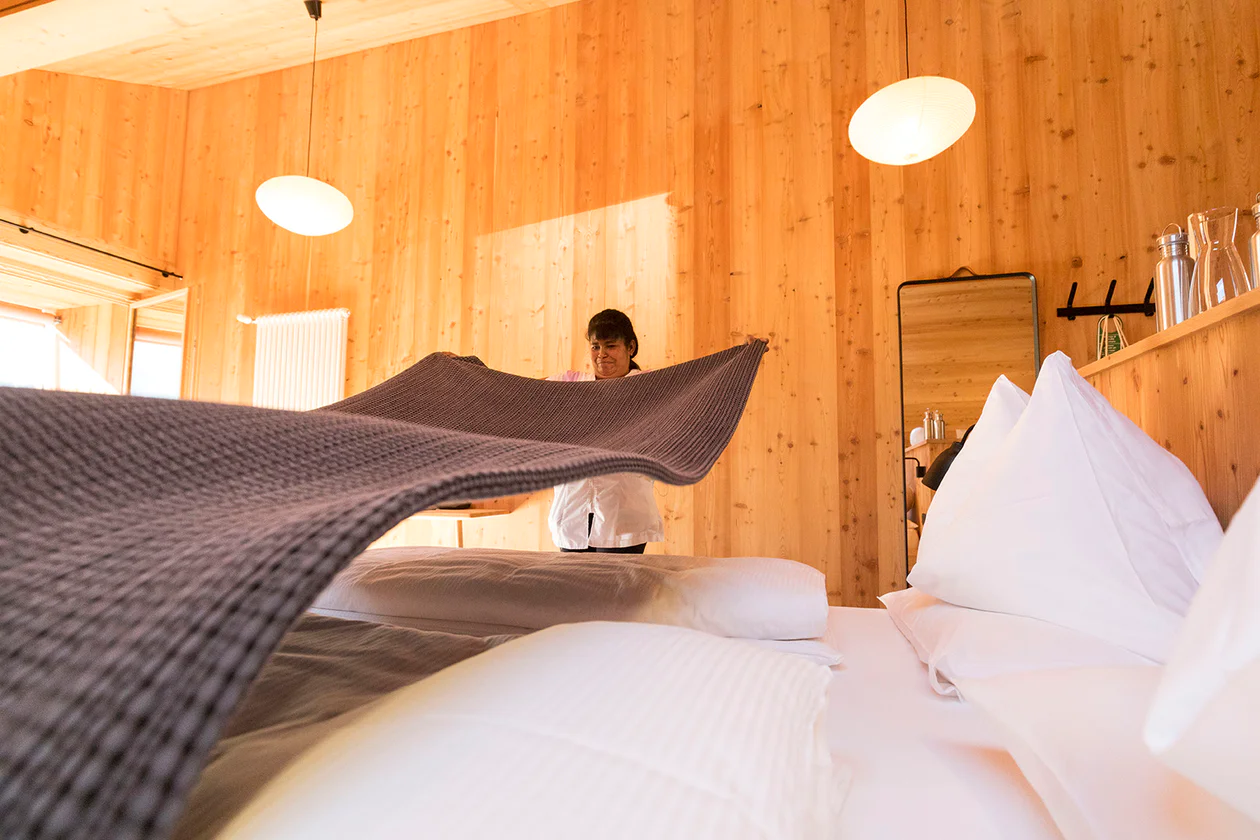Ladin Museum - Tor Castle In the very heart of the Dolomites live more than 30,000 Dolomite Ladins whose identity is characterised mainly by two important features: the uniqueness of their language, which derives from popular Latin, and the extraordinary mountain landscape at the heart of the southern Alps. It is only thanks to the physical characteristics of this landscape that the Ladin language has survived today. It is the eldest of all languages spoken in this region and is restricted by the Italian and the German cultural and linguistic areas that surround it. The way through the museum focuses on some significant aspects of the present and past lives of the Dolomite Ladins, highlighting the important influences of cross-regional events on the lives of the population and pinpointing the existing interrelations between landscape forms and lifestyles. The museum is housed in the Ciastel de Tor, a castle dating back to 1230, created as a fiefdom of the Bishops of Brixen.
The castle is available as a wedding venue for couples interested in crowning an unforgettable day and experiencing a fairytale moment in a medieval castle.

































































































